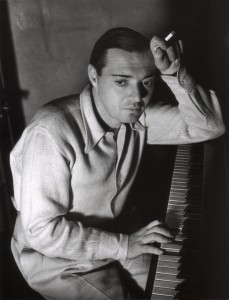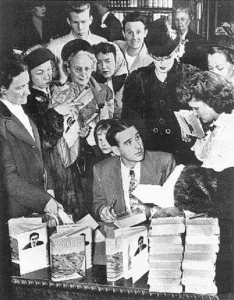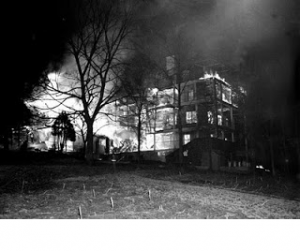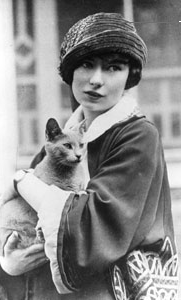FAMOUS BOOKS THAT WERE LITERARY ONE-HIT WONDERS
When Harper Lee’s second novel, Go Set a Watchman debuted recently, it disqualified Lee – for the first time in decades – from inclusion in a short but fascinating list, that of writers who were one-hit wonders. Here are some of the authors who remain, who published one bestseller, usually to critical acclaim, then for whatever reason did not write again.
MARGARET MITCHELL: Gone With the Wind
When Atlanta society reporter Margaret Mitchell was confined to bed with a broken leg, she got so sick of reading stories that she decided to write one of her own. Gone with the Wind, published in 1936, was a wild bestseller and over seventy years later this Civil War page-turner still sells hundreds of thousands of copies a year and has sold more copies than any other book besides the Bible. It also won a Pulitzer Prize and inspired the iconic movie.
Ironically, there have been several dozen books written about this novel while Mitchell herself wrote only the one. She loathed the celebrity that came with international success. “If I had known being an author was like this I’d have thought several times before I let [the publisher] [read more]

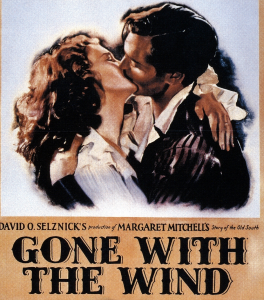
 Follow
Follow
